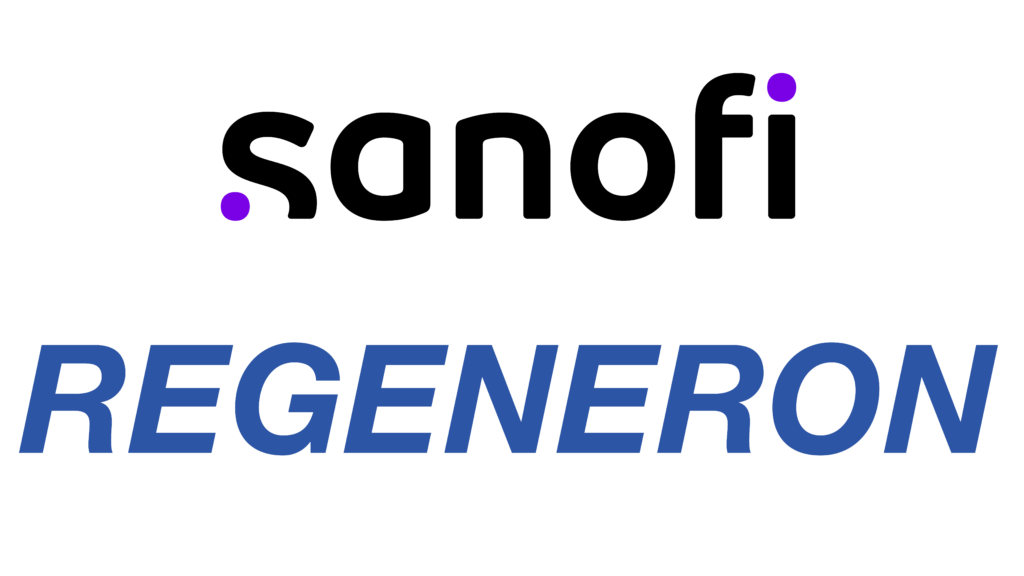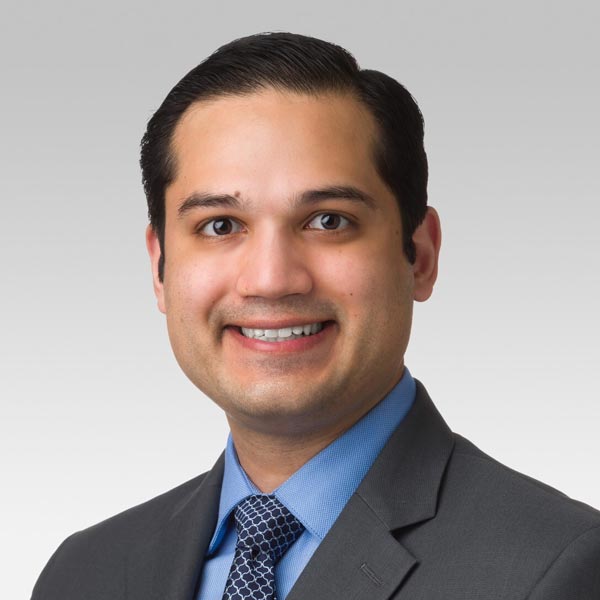Achieve Program Agenda & Faculty
January lectures
Intro to Dermatology
Heather Woolery-Lloyd, MD
- Describe lesions, distribution, and presentation of common dermatologic skin conditions.
- Understand how to recognize a patient that may require inpatient care.
- Know the tools used commonly in dermatology to treat common skin conditions or to help diagnose those skin conditions.
- Describe a comprehensive approach to the diagnosing and treating skin disorders.
Intro to Dermoscopy
Richard Usatine, MD
- Explain the principles of dermoscopy in cutaneous diagnosis.
- Review the expanding applications of dermoscopy beyond the diagnostic realm.
- Describe common errors associated with interpretation of dermoscopy.
- Understand how to recognize benign and malignant lesions with dermoscopy.
February lectures
Infantile, Pre-Adolescent, & Adolescent Acne
Pearl Kwong, MD
- Understand the pathophysiology of acne from birth to adolescents.
- Illustrate different presentations of acne from birth to adolescents.
- Identify triggers that can cause worsening of acne from birth to adolescents.
- Discuss treatment options for acne from birth to adolescents.
- Recognize underlying causes of acne.
Rosacea and Adult Acne
Heather Woolery-Lloyd, MD
- Understand how to diagnose rosacea and adult acne, establish a differential diagnosis.
- Describe key history and physical findings and look for underlying causes to each of these conditions.
- Construct a treatment plan for these conditions.
- Understand the approach to adult female acne and how it differs from adolescent acne.
MARCH lectures
The Approach to Atopic Dermatitis
Pearl Kwong, MD
- Review pathophysiology of atopic dermatitis.
- Review data specific to atopic dermatitis disease burden and psychosocial effects on both the patient and parents of AD children.
- Discuss atopic dermatitis clinical features to improve diagnostic skills.
- Understand the approach to the management of the pediatric patient and the adult patient with atopic dermatitis.
- Understand the evolving treatments in atopic dermatitis, including novel biologics and other topical and systemic therapies in development.
- Become familiar with the management of common side effects from current systemic treatment options.
- Develop appropriate dialog with the patient’s parents to set expectations, educate, and discuss the risks versus benefits of different treatment options
Hidradenitis Suppurativa & Follicular Disease
Richard Usatine, MD
- Recognize the psychosocial effects of Hidradenitis Suppurativa (HS) on patients and how to council this population.
- Recognize co-morbidities associated with HS and how they can affect the overall disease severity.
- Understand traditional treatments and alternative treatments of HS.
- Differentiate between different follicular disorders and establish a differential diagnosis and treatment plan.
APRIL Lectures
Recognizing Benign Lesions
Richard Usatine, MD
- Recognize common benign skin lesions.
- Discuss how the clinical features of benign lesions correlate with findings on dermoscopy and histological findings.
- Describe how variations in the benign neoplasm impact upon management.
- Explain how to counsel patients on awareness, management, and to treat or not-to-treat benign neoplasms.
Malignant Lesions You Won’t Want To Miss
Richard Usatine, MD
- Recognize common cutaneous malignancies.
- Discuss how the clinical features of malignant lesions correlate with findings on dermoscopy and histological findings.
- Explain what tests are available to assist in the diagnosis of basal cell carcinoma, squamous cell carcinoma, melanoma, and Merkel Cell Carcinoma.
- Explain how to counsel patients on the ABCD’s of Melanoma, self-skin exams, sun protection, and recognition of suspicious lesions.
- Explain how to counsel patients effectively on the various prognostic factors for common cutaneous malignancies and how to select appropriate management.
May lectures
The Approach to Psoriasis
Raj Chovatiya, MD, PhD
- Understand the most recent advances in the pathophysiology of psoriatic diseases.
- Understand the prevalence of psoriatic disease and the impact it has on patient’s quality of life.
- Review the most recent guidelines for the treatment of psoriasis.
- Review benefits and potential risk of the novel systemic therapies used in the treatment of psoriatic diseases.
- Discuss optimal co-management of patients with psoriatic disease and associated comorbidities.
8:30PM – 9:30PM ET
Papulosquamous Diseases
Richard Usatine, MD
- Define what papulosquamous disease is and what skin conditions fall under this category.
- Understand the pathophysiology and pathogenesis of papulosquamous disease.
- Understand different presentations of papulosquamous disease and how it correlates with histopathology.
- Recognize underlying causes of papulosquamous disease and the approach to diagnosis.
- Understand proper biopsy techniques to papulosquamous disease.
- Know how to establish a treatment plan and decide the proper treatment for the specific papulosquamous disease.
June lectures
Recognition and Management of Infections
Pearl Kwong, MD
- Review common skin infections encountered in dermatology.
- Describe various clinical manifestations of bacterial, viral, and fungal skin infections.
- Describe the mechanism of action, efficacy, and safety of approved and emerging treatments.
Differential Diagnosis of Dermatitis
Raj Chovatiya, MD, PhD
- Describe various clinical manifestations of dermatitis, to include but not limited to atopic dermatitis, irritant dermatitis, and allergic contact dermatitis.
- Differentiate between acute and chronic dermatitis.
- Identify most common allergens responsible for allergic and irritant dermatitis.
- Understand how to differentiate and establish a differential diagnosis to assist in proper management of the dermatitis in question.
- Understand how to select the proper treatment and how to counsel patients appropriately on lifestyle changes, avoidance of allergens and irritants, and overall management of chronic dermatitis.
July lectures
Automimmune Disorders
Theodore Rosen, MD
Diagnose and distinguish between major autoimmune blistering disease
Devise first line and alternative treatment plans for bullous disorders
Diagnose and distinguish between collagen vascular diseases
Devise first line and alternative treatment plans for collagen vascular diseases
Hair and Scalp Disorders
Heather Woolery-Lloyd, MD
- Understand the mechanism behind common hair and scalp disorders
- Review the differential diagnosis for non-scarring and scarring alopecias
- Review current therapies for scarring alopecia
- Review current therapies for non-scarring alopecias
August lectures
Childhood Rashes
Pearl Kwong, MD
To discuss a general systematic approach to childhood rashes
To guide the audience on how to form a differential diagnosis based on morphology of the rash
To illustrate with some examples of common and uncommon rashes in children
- Once a differential diagnosis is reached to help guide the audience on treatment and management options of the rash
Skin Manifestations of Systemic Disease
Theodore Rosen, MD
- Utilize skin findings to diagnose underlying systemic diseases
- Recognize which cutaneous manifestations suggest life-threatening disorders
- Mange, as is feasible, the cutaneous symptoms associated with systemic disease
September lectures
Disorders of Hypo and Hyperpigmentation
Heather Woolery-Lloyd, MD
- Understand the proposed mechanism behind skin pigmentation
- Review the differential diagnosis of the disorders of hyperpigmentation
- Develop a treatment plan for common disorders of pigmentation including melasma, post-inflammatory hyperpigmentation, vitiligo, and progressive macular hypomelanosis
- Distinguish between the different disorders of hypopigmentation
Childhood and Viral Exanthems
Pearl Kwong, MD
- To discuss typical morphologies of common viral exanthem in children
- To discuss classic clinical presentations of viral exanthem
- To illustrate cases of viral exanthem leading to some complications
- To discuss some skin manifestations of COVID 19 in children in an outpatient clinic
October lectures
Photoaging & Sun Protection Basics
Heather Woolery-Lloyd, MD
Distinguish the difference between UVA and UVB coverage
Understand the mechanism behind photoaging caused by UVA and UVB radiation
Review the existing research on the treatments for photoaging
Review cosmeceuticals used to improve photoprotection and photoaging
Nail Disorders
Tracey Vlahovic, DPM
- Identify common nail disorders
- Use laboratory testing to diagnose nail disorders
- Learn management techniques for common nail disorders
- Discuss with patient’s expectations of treatment of nail disorders
November and december lectures
Oral Lesions
Theodore Rosen, MD
- Use morphologic and clinical clues to diagnose oral lesions
- Devise treatment plans for most oral lesions
- Better understand when referral for oral lesions is most appropriate
Bullous & Blistering Diseases
David Altman, MD
To recognize the clinical and histopathologic patterns of common blistering diseases
To recognize the pathophysiology of common blistering diseases
Insight into the treatment of these entities
Genital Diseases & Disorders
Theodore Rosen, MD
- Distinguish between STDs and Non-STD etiologies of genital lesions
- Definitively treat most genital lesions and disorders
- Appreciate the risks inherent to select genital dermatoses
Our Sponsors



Meet our Faculty

Raj Chovatiya, M.D., Ph.D
Chicago, Illinois

Pearl Kwong, MD
Jacksonville, Florida

Theodore Rosen, MD
Houston, Texas

Richard Usatine, MD
San Antonio, Texas

Tracey C. Vlahovic, DPM
Philadelphia, Pennsylvania

Heather Woolery-Lloyd, MD
Miami, Florida

David Altman, MD
Warren, Michigan




